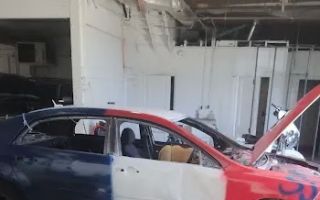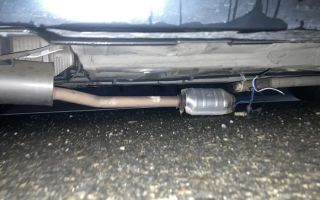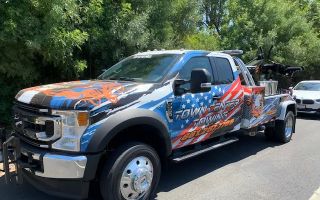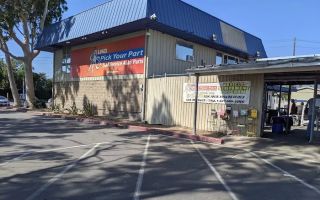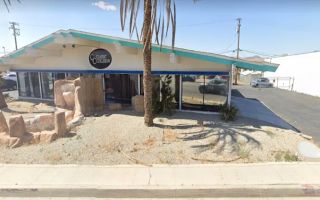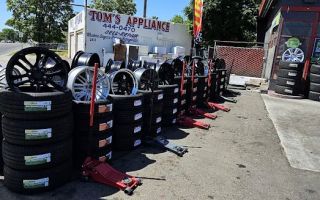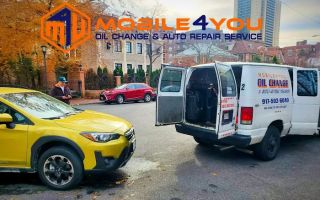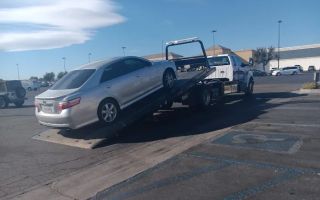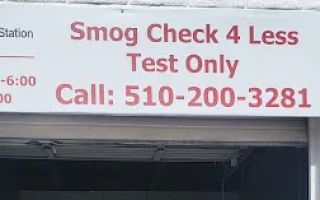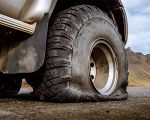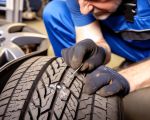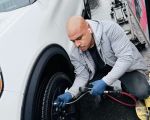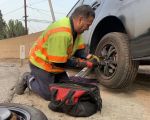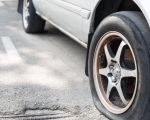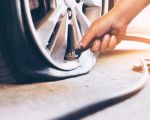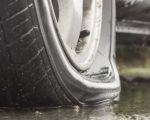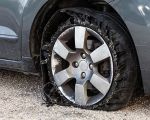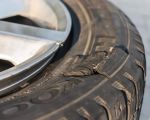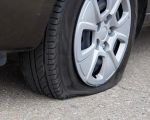What to Do if Your Tire Bursts on the Freeway: A Step-by-Step Guide to Handling Tire Blowouts
Driving on the freeway brings its own unique challenges. While most of the time everything goes smoothly, there’s always the chance that something unexpected can happen – one of those surprises being a tire blowout. If you’ve ever found yourself in a situation where your tire bursts while driving at high speeds, you know just how frightening and dangerous it can be. The moment your tire bursts, your heart races, and your mind scrambles to think clearly. But knowing what to do in that moment can make all the difference between safely handling the situation and potentially causing an accident. Let’s walk through what you should do if your tire bursts on the freeway, and how to stay calm and safe through it all.

MR. TIRE INC.
2078 New York Ave, Huntington Station, NY 11746, USA
1. Stay Calm and Keep Your Cool
One of the most important things to do immediately after experiencing a tire burst on the freeway is to remain calm. It’s easy to panic when something unexpected happens, but staying calm allows you to think clearly and make better decisions. You might experience a sudden jolt as the tire bursts, and it can feel as though you have no control over the vehicle, but take a deep breath and focus on the next steps. The more composed you are, the more capable you’ll be of handling the situation effectively.

MR. TIRE INC.
2078 New York Ave, Huntington Station, NY 11746, USA
2. Grip the Steering Wheel Firmly
When your tire bursts, it can cause the vehicle to pull sharply to one side. This can be extremely dangerous, especially if you’re traveling at high speeds. As soon as you feel the tire blowout, grip the steering wheel firmly with both hands. Avoid jerking the wheel or overcorrecting, as this can cause the vehicle to swerve uncontrollably. Instead, gently steer in the direction that will keep you in control of the vehicle, and try to maintain a straight line as much as possible.
3. Avoid Slamming on the Brakes
When your tire bursts, the natural instinct might be to slam on the brakes. However, this can worsen the situation, especially if you’re driving at high speeds. Instead, gradually reduce your speed by taking your foot off the accelerator. This will allow you to slow down more safely without causing further instability in the vehicle. If you need to apply the brakes, do so gently, but don’t try to stop abruptly on the freeway. The goal is to slow down safely without losing control of your vehicle.
4. Turn on Your Hazard Lights
Once you’ve managed to regain some control of your vehicle, immediately turn on your hazard lights. This alerts other drivers that you are in distress and helps them understand that they need to exercise caution when approaching your vehicle. Other drivers may not realize that your tire has burst, so keeping your hazard lights on helps to prevent potential accidents from happening. Make sure your hazard lights are on before you start to pull over.
5. Safely Move to the Shoulder of the Freeway
When your tire bursts, your first priority should be to get off the active lanes of the freeway as quickly and safely as possible. If you are in the middle lane, you’ll need to maneuver the vehicle carefully to get to the shoulder. Make sure to check your mirrors and blind spots for other vehicles before making any lane changes. Signal your intentions early, and gradually steer the car toward the shoulder or a safe exit. If possible, try to drive further off the main freeway lanes to avoid being in a dangerous spot.
6. Call for Help
Once you’ve pulled off to the side of the road, the next step is to call for help. If you have a roadside assistance service, now is the time to contact them. Many insurance companies offer free or discounted roadside assistance for tire issues, so check to see if you are covered. If you don’t have roadside assistance, you may need to contact a local towing company. It’s always a good idea to have a list of reliable tow services or tire repair shops on hand for emergencies.
7. Stay Inside the Vehicle (Unless It’s Unsafe)
While you might be tempted to exit your vehicle and try to fix the issue yourself, staying inside is generally the safest option, especially if you’re on a busy freeway. If your vehicle is safely off the road and away from traffic, stay in the car with your seatbelt on until help arrives. Exiting the vehicle could put you at risk of being hit by passing cars, especially if visibility is low or if traffic is moving quickly. Only exit the vehicle if you feel that staying inside poses a greater risk to your safety.
8. Be Prepared for Professional Assistance
When the tow truck or roadside assistance service arrives, they will assess the situation and handle the tire blowout. If you have a spare tire and the necessary tools to change the tire, they may be able to assist you with the replacement. However, many times, especially in cases of high-speed blowouts, it’s safer and more efficient to let the professionals handle the tire replacement. In some situations, your tire might be beyond repair, and you’ll need a full replacement.
9. Preventing Future Blowouts
After you’ve dealt with the immediate aftermath of the tire burst, take steps to prevent future incidents. Regular tire maintenance is crucial to ensuring the safety of your vehicle on the road. Make sure to check tire pressure regularly, inspect the tread for any wear, and replace tires as needed. Ensuring your tires are in good condition will reduce the likelihood of a blowout in the future and give you greater peace of mind while driving on the freeway.
In the end, knowing how to respond if your tire bursts on the freeway can make all the difference in staying safe. By staying calm, following the right steps, and having a plan in place, you can navigate the situation with confidence. Remember to call for help, keep your hazard lights on, and prioritize your safety first and foremost. With the right approach, you can handle a tire emergency like a pro.

